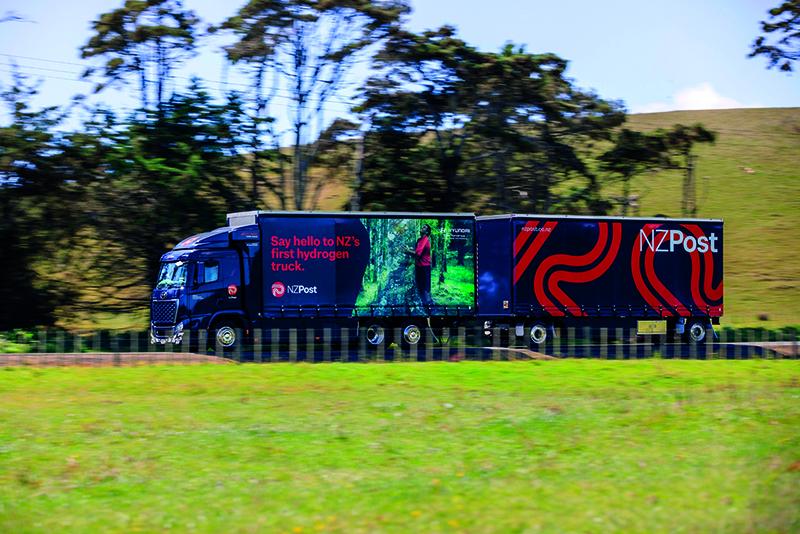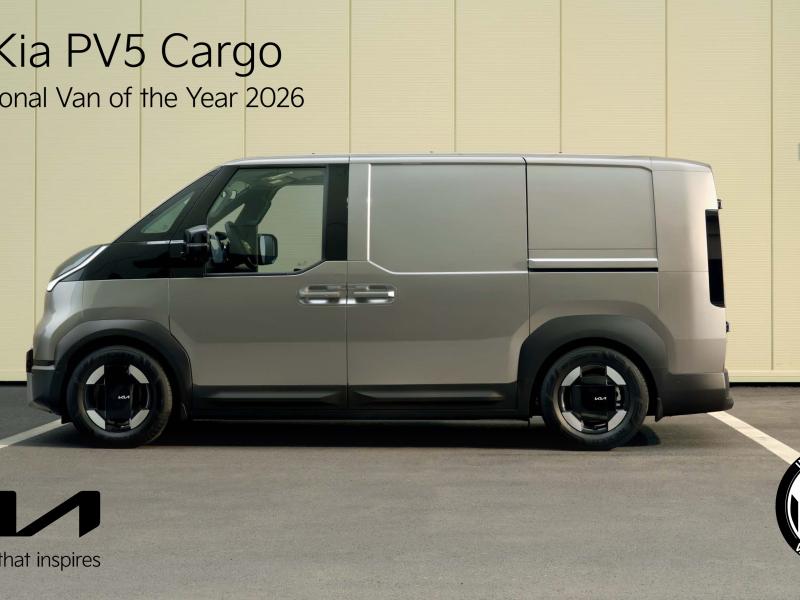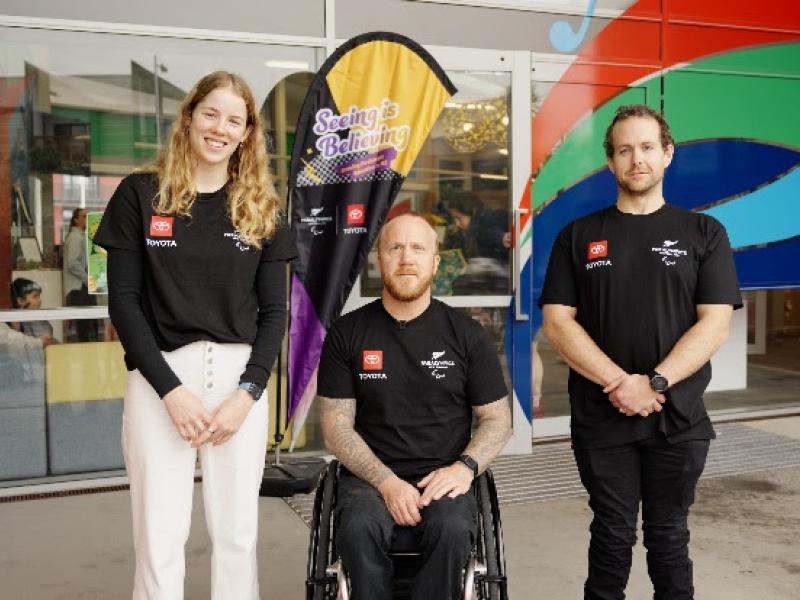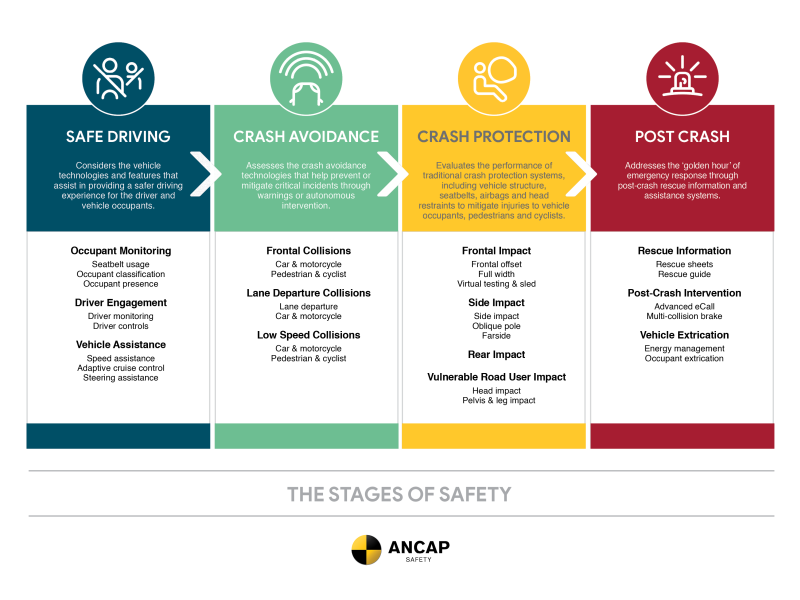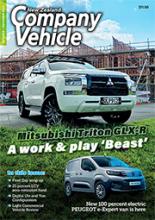It sails up the Bombay Hills, accelerates faster than fossil fuel vehicles, and incurs less driver fatigue – these are just some of the key findings from a trial of NZ Post’s new zero emission, hydrogen fuel cell-powered truck.
The zero emission, cutting-edge Hyundai XCIENT FCEV (Fuel Cell Electric Vehicle) is a new generation hydrogen vehicle used for the first time here for commercial heavy transport.
It’s not very often the results of truck trials are so well documented or indeed fit for publication, but there is such a lot of interest in the feasibility of an alternative energy/fuel such as hydrogen, it comes as no surprise that Hyundai especially, want everyone to know about it.
The XCIENT was launched about a year ago and before it went into doing the hard yards of real-world trails, it went through an extensive workup evaluation before Hyundai released it to trial partners and heavy transport operator NZ Post for their take on the XCIENT.
NZ Post’s trials have seen Hyundai’s hydrogen hauler hit the streets around South Auckland and its Highbrook depot as well as the longer runs between Highbrook and Waikato depots.
For these longer runs, the truck has been doing mileages of between 350 and 400kms a day with a cruising speed around 88kms per hour. This means it has been doing the same point-to-point runs as the traditional diesels and sticking to the same schedules. It also provides a very fair and balanced comparative result.
Grant Doull, National Manager Hydrogen and Eco Commercial Vehicles at Hyundai Motors New Zealand says this project has been two years in the making.
“This truck is ideal deal for NZ Post as a transporter of high volume, lower weight freight,” he says.
“It’s been a valuable partnership with NZ Post who are strong in sustainability leadership to trial this future-focussed technology.”
Evidence and performance data gathered in the trial will be of value to everybody in transport sector, he says.
For the shorter runs, the XCIENT has also seen excellent result thus far with plenty of curiosity and interest on the part of the general public. “It’s still early days in the urban environment,” says NZ Post’s National Road operations manager Ryan Beales, “but we are delighted with the results we have seen so far.”
Ryan says the hydrogen truck configured for European standards and conditions underwent an extensive range of tests and software adjustments to meet operational standards and compliance requirements for New Zealand regulations and road conditions before it was ready for the trial.
“The testing is to evaluate the vehicle’s suitability for our freight and the routes we serve,” says Ryan. “Within the current constraints, refuelling is taking place in Auckland while we await further network development.”
New, government-funded hydrogen refuelling sites are due to open in Wiri, Te Rapa, Tauranga, and Palmerston North in coming months, enabling refuel in 15 minutes with state-of-the-art technology. These additional fuelling sites will open up longer routes and 24/7 operations.
From a national transport manager’s perspective, the XCIENT has delivered as promised.
Based on typical heavy vehicle mileage one fuel cell EV truck in operation avoids the equivalent CO2 of around 112 fossil fuel light vehicles – thus one heavy fuel cell vehicle makes an impressive contribution to reducing CO2 emissions.
From the driver’s seat, Neil Dennett is a contractor for NZ Post and was selected as the driver for the trial.
“It’s a bloody good truck,” he declares, adding he had no issues other than learning to adapt his driving approach to get the best out of it in terms of the speed-time-fuel ratio.
“Being a fully electric powertrain with a high torque we’ve been able to reduce the cruising speed from 90kms to 85kms to achieve the best economy and greater time saving overall.”
He said the truck sails up the Bombay Hills without losing power or speed.
Neil has been at NZ Post for 30 years and admits he hadn’t previously identified as being a ‘greenie’ but through driving the hydrogen truck he’s learned much about the science of emissions and has a new appreciation of the difference driving a vehicle powered with clean fuel can make.
He’s been surprised by another aspect. Driving has been “a different world. You don’t get all the rattles, bangs, the engine noise and all that.”
He feels more refreshed after a shift behind the wheel thanks to the absence of the noises, smells and vibrations that are normal for diesel trucks.
The next stage of the trial is to use it more urban settings for deliveries.


